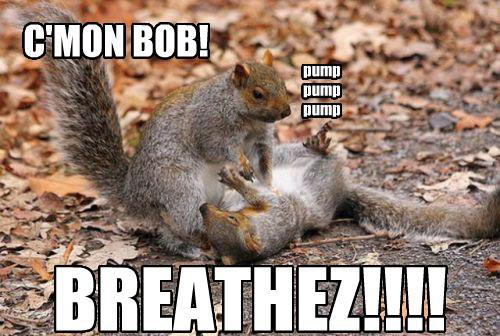
Movies and medicine have a dicey past. Movies and television rely on emotional impact and dramatic appeal but medicine insists on facts and accuracy. Trying to merge the two can make for interesting dramatizations of medical practices. No element of medical drama shows this differentiation quite like CPR in Hollywood.

For most people, CPR only exists in movies and T.V. A character experiences a massive trauma like electrocution, drowning, or poison and someone dramatically pulls the wounded person to safety and begins pounding on their chest, breathing into their mouth, and yelling, “live, damnit, live.” After a couple of coughs, eyes open and the victim is fine. Sometimes, they even jump to their feet and carry on as if nothing ever happened. This couldn’t be further from reality. Here are the top 5 mistakes Hollywood makes when it comes to CPR:
1. CPR doesn’t actually bring anyone back to life.
– CPR is meant as a life-prolonging technique, it’s not typically used to bring someone back to life. Instead, it’s supposed to keep their blood moving long enough for help to arrive.
2. CPR doesn’t save everyone.
– A study looked at episodes of Grey’s Anatomy and House from 2010 and 2011. During this period, CPR was shown in 46 out of 91 episodes, and the survival rate was 72%.
– Often, you see CPR save every life it’s attempted on. In reality, CPR’s effectiveness is between 2% and 30% depending on the reason for giving it.
3. It doesn’t take a matter of seconds.
– Hollywood frequently depicts CPR lasting for no longer than a minute. In reality, you should perform CPR until help arrives. Again, the purpose is to keep blood pumping throughout the body and to keep oxygen in the bloodstream.

4. It’s messy.
– CPR doesn’t usually look as clean and easy as it appears on the screen. More often than not, properly performed CPR ends up cracking or breaking the patient’s ribs. If the victim does wake up, they can vomit but we don’t see that in the movies.
– The person performing CPR usually becomes exhausted because you need to do it until help arrives. T.V. and movies rarely show this aspect.
5. There’s a technique
– Movies and television often depict someone straddling an unconscious person and beating on the victim’s chest like a caveman. That’s not only inaccurate but it’s also dangerous. There’s a method to the madness here and Hollywood neglects the technique. Everything is CPR is done with a purpose. CPR training is necessary, you can’t just decide you know what you’re doing.

